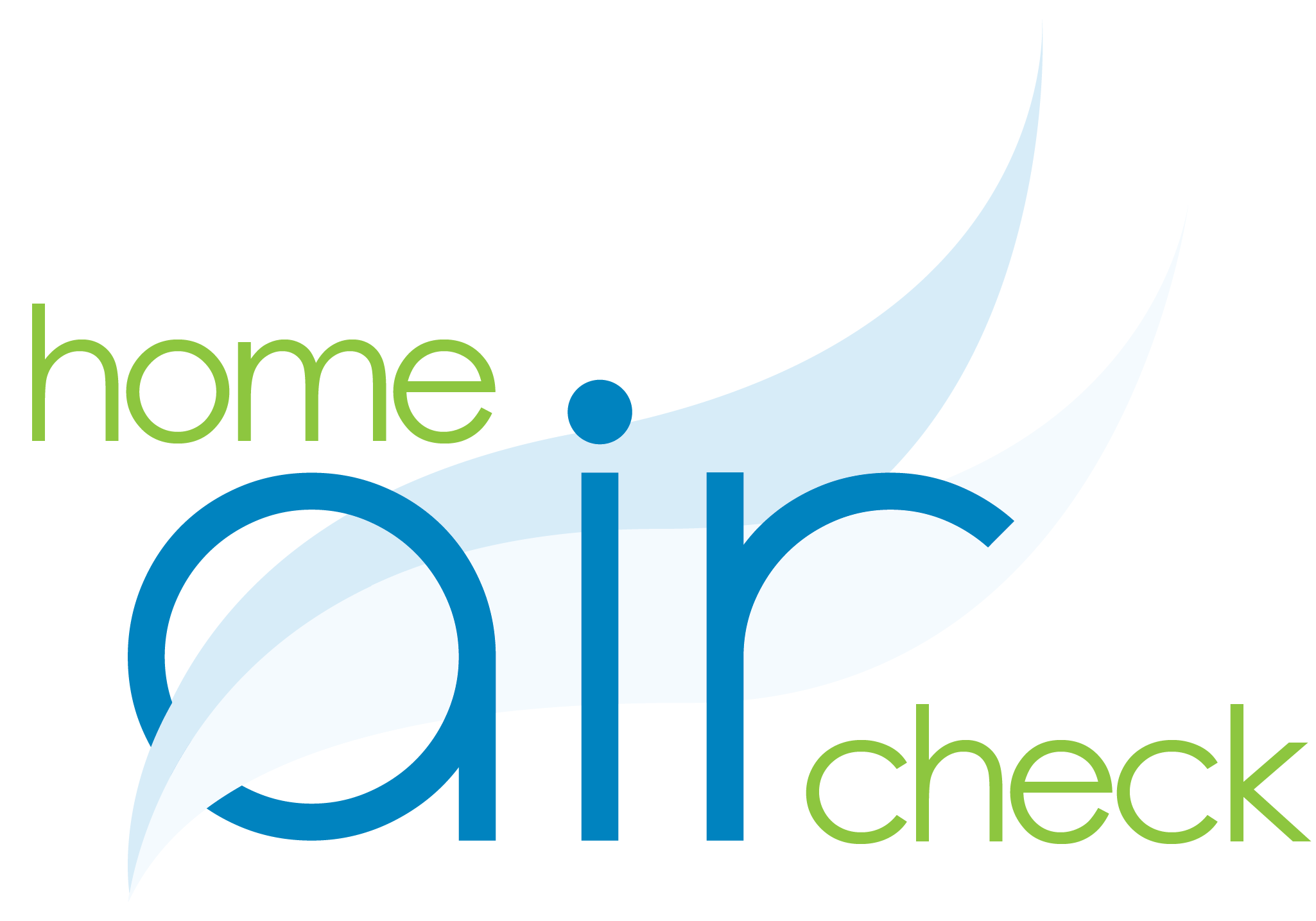Formaldehyde is a colorless, flammable, strong-smelling (pickle-like odor) chemical that is present both indoors and outdoors (occurring naturally). Formaldehyde is volatile, and will readily convert to a gas from a solid or liquid state. It is released into the air from many products inside the home.
When an item gives off formaldehyde, it is released into the air through a process called off-gassing. High humidity and high temperatures can speed up and increase the release of formaldehyde from products and surfaces. In some spaces such as manufacturing and commercial buildings, formaldehyde vapors may reach dangerously high concentrations.
Indoor levels of formaldehyde should be as low as possible, assuming that you cannot get indoor levels below background amounts (outdoor levels). According to research from the California Environmental Protection Agency (2004), levels of formaldehyde in conventional homes average about 20 ppb, while levels in manufactured homes the average is about 40 ppb. Our data (thousands from 2009-current), suggests the average level in homes of all types to be between 24-56 ppb.
Common Sources:
- products that contain urea-formaldehyde (UF) resins
- products that contain phenol-formaldehyde (PF) resins (lower concentrations of formaldehyde than UF resins)
- composite wood products (i.e., hardwood plywood, particleboard and medium-density fiberboard
- softwood plywood, flake or oriented strand board
- pre-finished engineered flooring
- building materials and insulation
- glues and adhesives
- bonding agents and solvents
- paints and coatings
- lacquers and finishes
- textiles
- disinfectant cleaning products and soaps
- preservatives
- some synthetic fabrics (permanent press)
- some cosmetics and personal products (some hair sprays)
- pet care products
- combustion byproduct such as tobacco smoke and fuel-burning appliances (gas stoves, kerosene space heaters and fireplaces)
Health Effects
Symptomatic irritations can occur with low levels of formaldehyde exposure, especially in people who are sensitive to the chemical compound.
Short Term:
- irritates the nose, eyes, and throat
- headache
- runny nose
- nausea
- difficulty breathing
- wheezing
- asthma attacks
Long Term:
- some types of cancer

Individuals vary in how they respond to formaldehyde. Some people have a natural allergic sensitivity to airborne formaldehyde and others may develop a sensitivity as a result of overexposure to formaldehyde or underlying health condition. Researchers have found that some individuals with asthma are more vulnerable to the effects of inhaled formaldehyde.
Some people are very sensitive to formaldehyde, whereas others have no reaction to the same level of exposure. High concentrations of formaldehyde can trigger asthma attacks. Formaldehyde is also considered a known human carcinogen (cancer-causing substance), classified as a Hazardous Air Pollutant (HAP) by the EPA. The World Health Organization recommends levels below 100 ng/L or 80 ppb over a 30 minute exposure period.
How are you exposed to Formaldehyde?
The main route of exposure to formaldehyde is by inhalation. The liquid form can be absorbed through the skin. People can also be exposed to small amounts by eating foods or drinking liquids containing formaldehyde.
Our bodies produce a small amount of formaldehyde naturally. When exposed to environmental formaldehyde (indoor or outdoor), enzymes in the body break down formaldehyde into formate (formic acid). Most inhaled formaldehyde is broken down by the cells lining the mouth, nose, throat, and airways, so that less than a third is absorbed into the blood.
According to the US Consumer Product Safety Commission, formaldehyde is normally present at low levels (less than 0.03 ppm or 30 ppb) in both indoor and outdoor air. Materials containing formaldehyde can release it as a gas or vapor into the air. Automobile exhaust is a major source of formaldehyde in outdoor air.
A breakdown of the following compounds could release formaldehyde:
- Formalin
- Formic aldehyde
- Methanediol
- Methanal
- Methyl aldehyde
- Methylene glycol
- Methylene oxide
How can you DECREASE your EXPOSURE?
The best way to reduce your exposure is to avoid products that contain formaldehyde, and to not allow cigarette smoking in your home. Look for products that are labeled as ‘no’ or ‘low’ VOC or formaldehyde. When purchasing pressed wood products for your home, look for those that are labeled as compliant with ANSI or California Air Resources Board Air Toxics Control Measure (CARB- ACTM) standards.
Furniture and pressed-wood board made with laminated surfaces release less formaldehyde and other VOCs. When possible, use non-toxic alternatives to formaldehyde-containing products such as glue and adhesives.
Open windows or use exhaust fans to blow indoor air out and bring fresh air in. Make sure any combustion appliance has a separate exhaust to the outdoors. Remember to ventilate indoor spaces when using cleaners, cosmetic products like nail polish remover or most paints.
Many consumer products that emit formaldehyde, such as plywood and particle board, release the highest concentrations when they are new. Open any packaging and air the product out before installing or bringing indoors.
Not smoking and prohibiting smoking indoors can reduce exposure to formaldehyde. Secondhand smoke contains many chemicals in addition to formaldehyde that can harm health.
Many permanent press or “Wrinkle-Free” clothing contains and emits formaldehyde. Although convenient, the exposure is greater for both inhalation and dermal routes. Simple laundering before wearing will help to reduce exposure.
Those who are concerned about formaldehyde exposure from personal care products and cosmetics can avoid using products that contain or release formaldehyde. Due to dermal exposure and close proximity to breathing zone, the impact of this formaldehyde exposure route should not be ignored.

